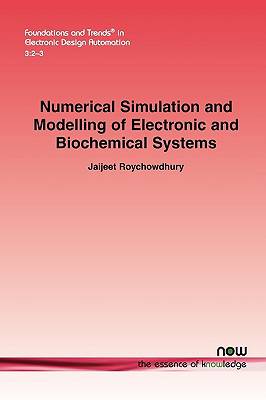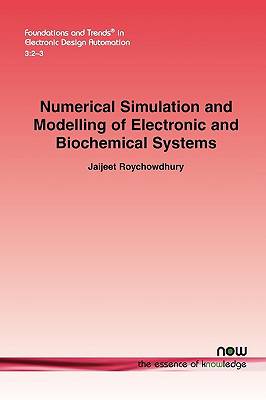
- Afhalen na 1 uur in een winkel met voorraad
- Gratis thuislevering in België vanaf € 30
- Ruim aanbod met 7 miljoen producten
- Afhalen na 1 uur in een winkel met voorraad
- Gratis thuislevering in België vanaf € 30
- Ruim aanbod met 7 miljoen producten
Zoeken
Numerical Simulation and Modelling of Electronic and Biochemical Systems
Jaijeet Roychowdhury
€ 124,45
+ 248 punten
Omschrijving
Provides an introduction to the fundamentals of numerical simulation, and to the basics of modelling electronic circuits and biochemical reactions. The emphasis is on capturing a minimal set of important concepts succinctly, but concretely enough that the reader will be left with an adequate foundation for further independent exploration.
Specificaties
Betrokkenen
- Auteur(s):
- Uitgeverij:
Inhoud
- Aantal bladzijden:
- 224
- Reeks:
Eigenschappen
- Productcode (EAN):
- 9781601983046
- Verschijningsdatum:
- 19/12/2009
- Uitvoering:
- Paperback
- Afmetingen:
- 156 mm x 234 mm
- Gewicht:
- 322 g

Alleen bij Standaard Boekhandel
+ 248 punten op je klantenkaart van Standaard Boekhandel
Beoordelingen
We publiceren alleen reviews die voldoen aan de voorwaarden voor reviews. Bekijk onze voorwaarden voor reviews.








